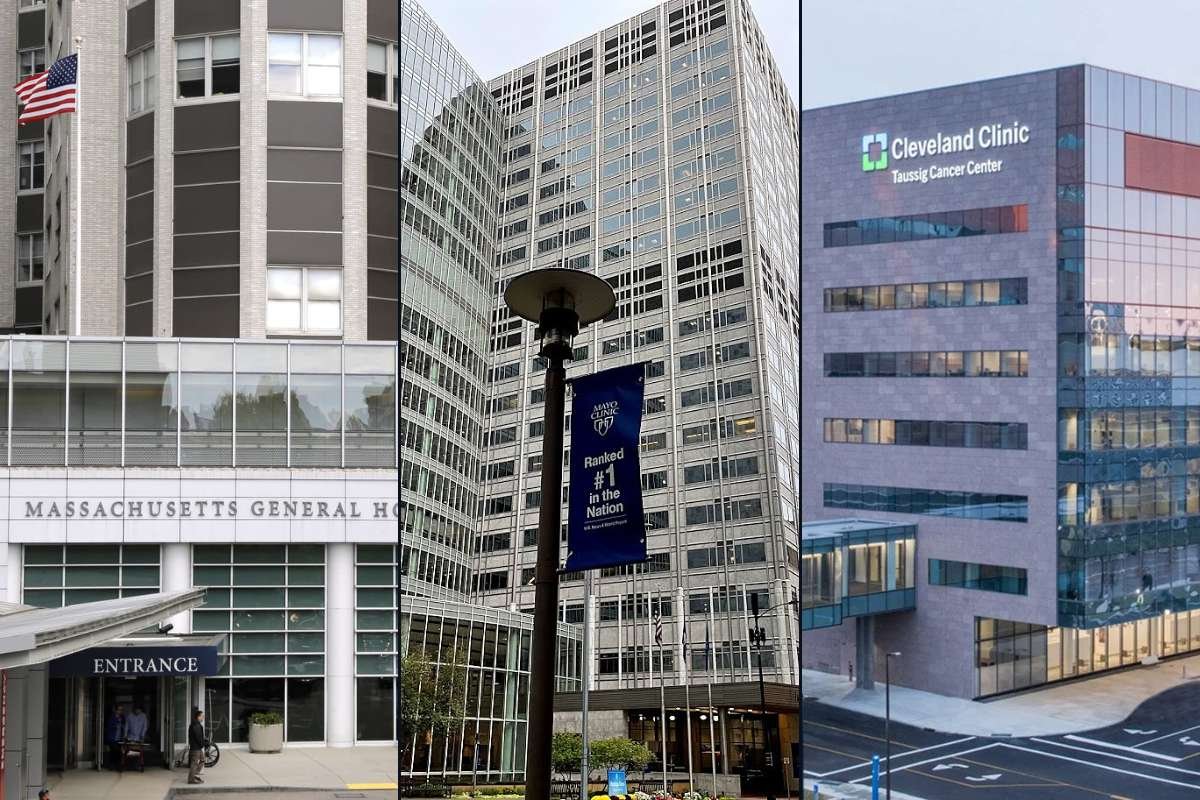Healthcare delivery is undergoing a transformative shift, significantly impacting the real estate sector, particularly with the surge in the development and utilization of medical office buildings (MOBs). As the demand for outpatient services grows and the healthcare industry moves towards more patient-centric care models, MOBs have become pivotal in providing accessible, efficient, and technologically advanced spaces for healthcare providers and patients alike.
The Role of Medical Office Buildings in Modern Healthcare
1. Outpatient Care and Accessibility
Medical office buildings play a crucial role in the delivery of outpatient care, which has become increasingly important as healthcare systems aim to reduce hospital admissions and provide more services in convenient, community-based settings. These buildings house a variety of services, including primary care, specialty clinics, diagnostic labs, and outpatient surgical centers, making it easier for patients to receive comprehensive care in one location.
2. Technological Integration
Modern MOBs are designed to support advanced medical technologies and telehealth services. With the integration of digital health records, telemedicine capabilities, and sophisticated diagnostic equipment, these facilities enhance the efficiency and effectiveness of healthcare delivery. This technological infrastructure not only improves patient outcomes but also streamlines operations for healthcare providers.
Investment Opportunities in Medical Office Buildings
1. Stable and Growing Market
The investment appeal of medical office buildings lies in their stability and growth potential. The healthcare sector is relatively recession-resistant, and the demand for medical services continues to rise, driven by an aging population and increasing healthcare needs. This makes MOBs an attractive option for real estate investors seeking steady returns and long-term growth.
2. Healthcare Real Estate Investment Trusts (REITs)
Investors can gain exposure to the MOB market through healthcare REITs, which own and manage diversified portfolios of healthcare properties. These REITs provide a way to invest in the healthcare real estate sector without the complexities of direct property ownership. With the steady demand for medical services, healthcare REITs offer the potential for stable income and capital appreciation.
Design and Development Trends in Medical Office Buildings
1. Patient-Centered Design
Modern MOBs are designed with a focus on patient experience. This includes creating welcoming, comfortable environments with amenities such as ample natural light, easy navigation, and comfortable waiting areas. The goal is to reduce patient anxiety and enhance the overall experience, making healthcare visits more pleasant and efficient.
2. Sustainability and Wellness
Sustainability is becoming a key consideration in the design and construction of MOBs. Developers are incorporating green building practices, such as energy-efficient systems, sustainable materials, and water conservation measures. Additionally, wellness-focused design features, like air quality control and access to outdoor spaces, are being integrated to promote the health and well-being of both patients and staff.
Challenges and Considerations
1. Regulatory Compliance
One of the primary challenges in developing and managing MOBs is navigating the complex regulatory environment. Healthcare facilities must comply with stringent federal, state, and local regulations, which can vary significantly depending on the type of services offered and the location of the property. This requires expertise in healthcare regulations and can add to the cost and complexity of projects.
2. Location and Accessibility
The success of a medical office building is heavily dependent on its location and accessibility. Proximity to hospitals, residential areas, and public transportation is crucial for attracting patients and healthcare providers. Additionally, ample parking and easy access for patients with mobility issues are important considerations in the planning and development of MOBs.
The Future of Medical Office Buildings
1. Telehealth and Remote Services
The COVID-19 pandemic has accelerated the adoption of telehealth services, and this trend is expected to continue. MOBs will need to accommodate telehealth infrastructure, including private spaces for virtual consultations and robust digital networks. This shift towards remote services will influence the design and layout of future medical office buildings.
2. Integration with Community Health Initiatives
Future MOBs are likely to be integrated more closely with community health initiatives, providing spaces for health education, wellness programs, and preventive care services. This community-focused approach aligns with the broader trend towards population health management and preventive care, aiming to improve overall health outcomes and reduce healthcare costs.
Conclusion:
Medical office buildings are at the forefront of the transformation in healthcare delivery, providing flexible, efficient, and patient-centered spaces for a wide range of medical services. As the demand for outpatient care grows and technological advancements continue to reshape the industry, MOBs will play an increasingly important role in the healthcare landscape.
For investors, developers, and healthcare providers, understanding the trends, opportunities, and challenges in the MOB market is essential for success. By embracing innovative design, sustainable practices, and advanced technologies, stakeholders can create medical office buildings that meet the evolving needs of patients and healthcare providers, driving growth and improving health outcomes.
In the world of healthcare real estate, medical office buildings stand out as a key asset class, offering stability, growth potential, and the opportunity to make a positive impact on community health and wellness. As we look to the future, the continued evolution of MOBs will be instrumental in shaping the future of healthcare delivery.







